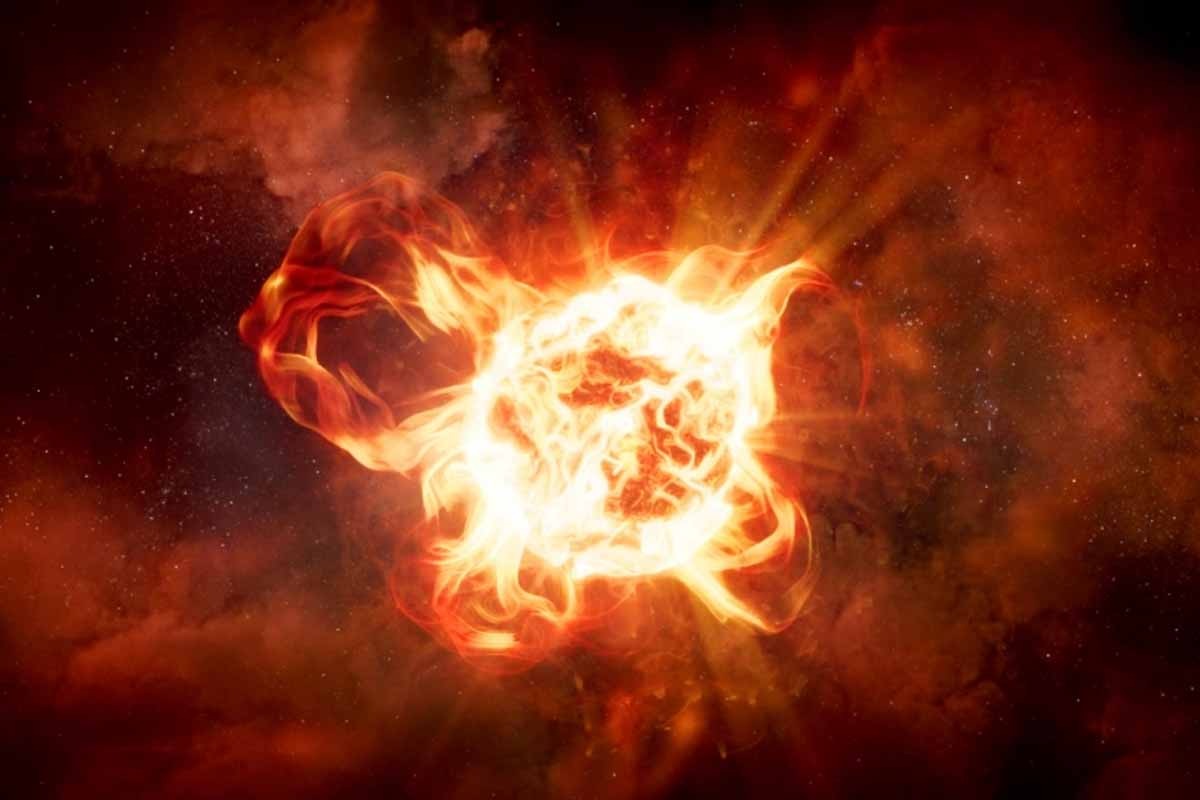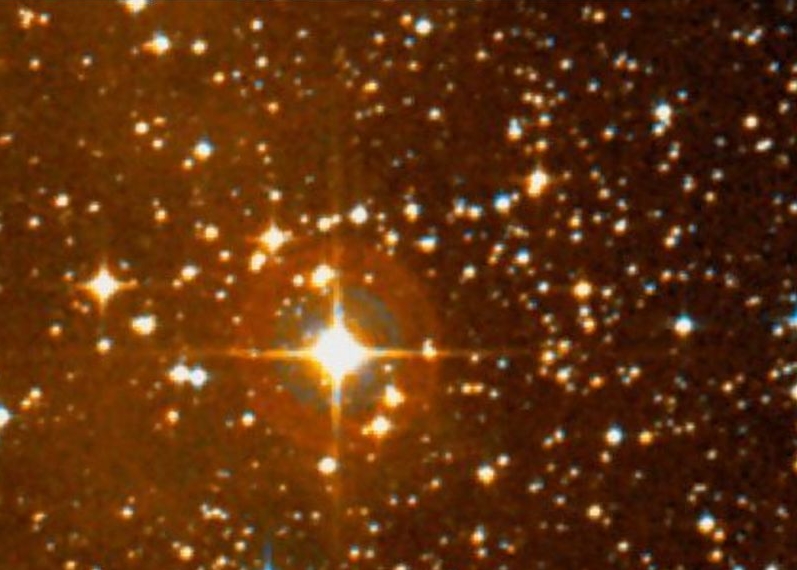The hypergiant VY Canis Majoris is slowly dying, and researchers are closely studying this phenomenon. Astronomers from the University of Arizona have developed a model to track the activity of a red hypergiant star.

VY Canis Majoris is one of the greatest stars in our Milky Way galaxy. At the same time, it is one of the brightest in our sky. Hypergiants are so large that in diameter they can exceed the distance between the Earth and the Sun by 10 thousand times. Moreover, their density is very low, 100 thousand times lower than air.
Recently, the lifespan of these stars has been the subject of heated discussions, especially when it comes to the last stage of their existence. Typically, giant stars turn into supernovae in a spectacular explosion at the end of their lives. However, there is no evidence that this also happens in hypergiants. Some scientists suggest that these stars collapse into a black hole. However, scientists are not sure what causes these stars to turn into black holes.

To find out more, a team of astronomers observed VY Canis Majoris, which is “only” 3009 light-years from Earth. The team presented some of their findings on June 13 at the 240th meeting of the American Astronomical Society in Pasadena, California.
Unsolved mysteries
Using the Atacama Large Millimeter Array or ALMA radio telescope in Chile, the team tried to collect as much data about the star as possible. They examined the molecules of matter escaping from the hypergiant, and then created maps of sulfur oxide, sulfur dioxide, silicon oxide, phosphorus oxide and sodium chloride using data from NASA’s Hubble telescope.
So far, only small parts of this huge star have been studied. But you can’t understand the loss of mass and how these great stars are dying unless you look at the entire region.
The team is still collecting most of their data and hopes to collect even more, which will help them better understand the life of these massive stars and their deaths.
According to EurekAlert
Follow us on Twitter to get the most interesting space news in time
https://twitter.com/ust_magazine

